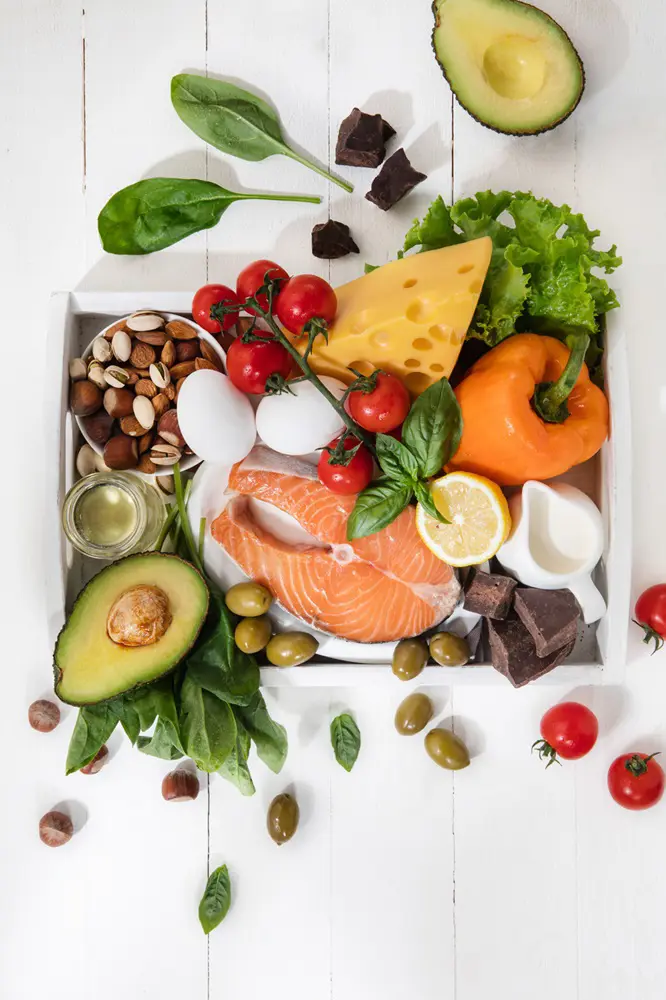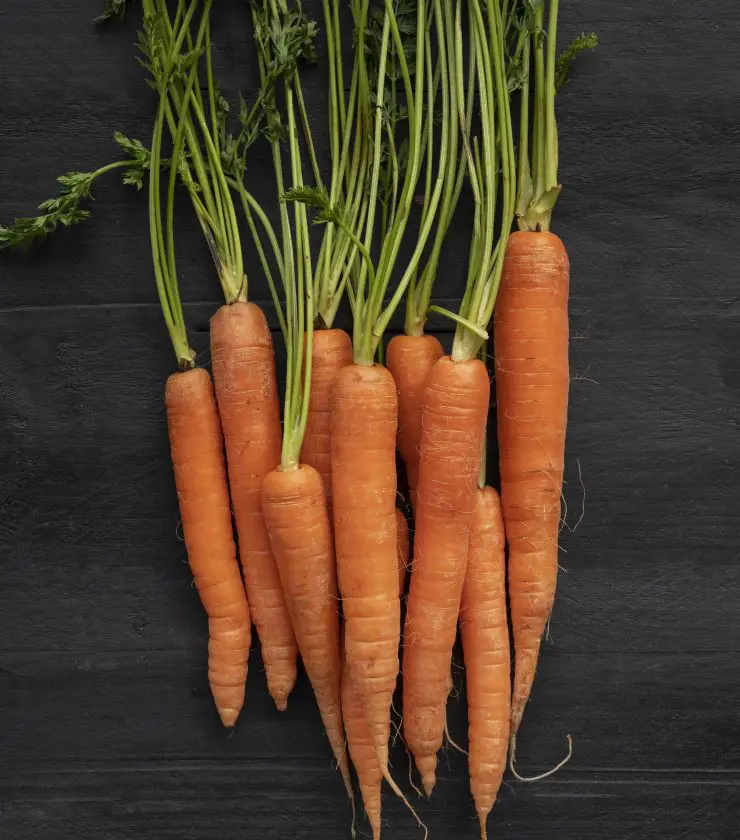How to Get Rid of Yellow Teeth: 13 Home Remedies
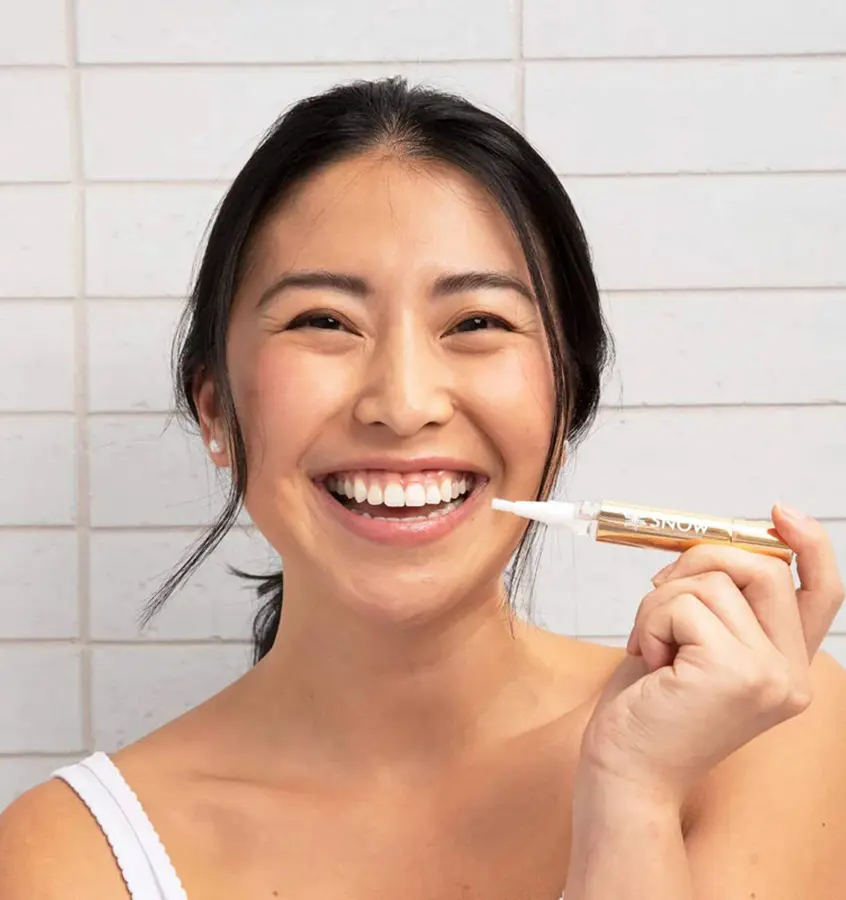
This post may contain affiliate links. If you make a purchase through links on our site, we may earn a commission.
Noticeable yellowish tint on teeth can be caused by several factors such as aging, diet and poor oral hygiene. The yellowing is related to the wearing down of the outer enamel layer of the teeth or the development of stains on the surface, resulting in the discoloration of the teeth.
Here, we have brought 13 home remedies that will help you get rid of yellow teeth. These solutions do not require the consultation of professionals and ensure white and shining teeth without hassle.
Natural Remedies
Some remedies available at your pantry can help in whitening the yellowish teeth. Some such products include:
1. Baking Soda And Hydrogen Peroxide
Baking soda can be considered one of the best natural ingredients that can be used to get rid of yellow teeth. The mixture of baking soda and hydrogen peroxide helps in whitening our yellow teeth naturally and effectively.
Baking soda acts as a gentle abrasive that helps to remove surface stains and hydrogen peroxide possesses bleaching properties that help to lift deeper stains. Hydrogen peroxide is present in almost every toothpaste nowadays.
How To Use
Firstly, you have to make a paste by combining a small amount of baking soda with a few drops of hydrogen peroxide. After that, gently brush the paste onto your teeth for around 2 minutes. Lastly, rinse your mouth with water.
2. Vitamin C
Vitamin C is necessary for the production of collagen which is crucial for healing and repairing the gums. Healthy gums are the base of your teeth. The antioxidant properties present in vitamin C lead to white, brighter teeth by preventing plaque build-up and staining.
Vitamin C reduces the risk of gingival recession and also protects against conditions leading to tooth sensitivity. Sufficient intake of vitamin C contributes to maintaining the strength of the periodontal ligament.
3. Fruit Enzymes
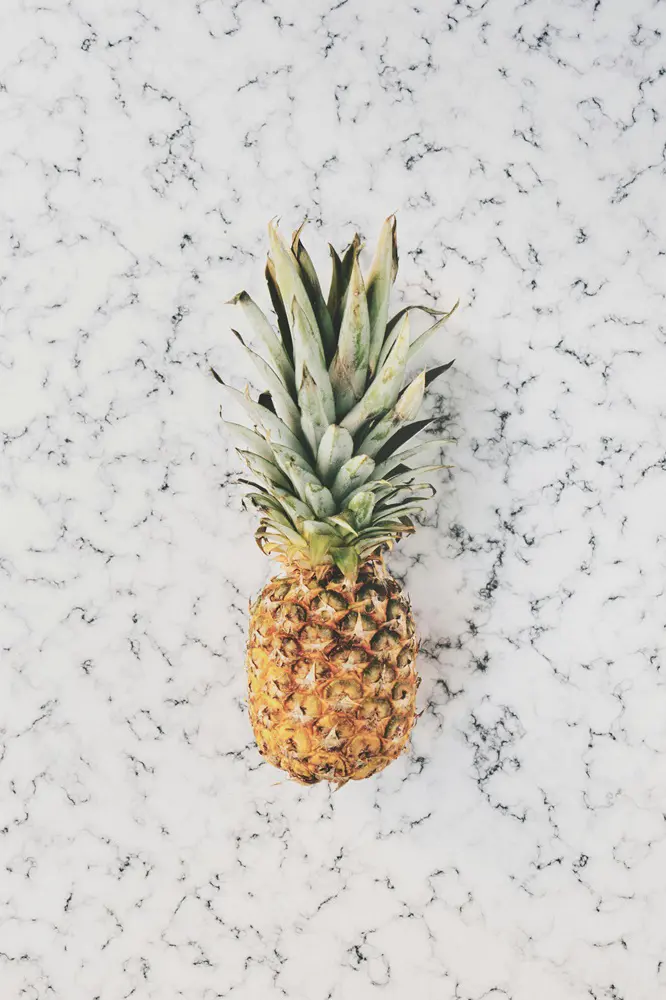
Fruit enzymes help to whiten your teeth by breaking down surface stains on teeth. Several fruits such as pineapple, papaya, strawberries, and others contain enzymes beneficial for our teeth when it comes to whitening our teeth.
Pineapple contains an enzyme named bromelain that helps to remove surface stains; papaya contains papain that helps to remove plaque and surface stains and strawberries contain malic acid that slightly supports to brighten your teeth.
How To Use
You can mash the fruit into a paste and directly apply it to your teeth for about 2 to 3 minutes. Or, you can buy toothpaste or mouthwash containing fruit enzymes.
Things To Consider
There are several things that are to be considered while going through this remedy. The first one is you need to be careful while applying fruit enzymes as fruits can be acidic in nature. The second one is fruit enzymes do have limited effectiveness and you have to consider professional teeth whitening treatments for better results.
4. Apple Cider Vinegar
The acidity of apple cider vinegar helps to kill the bacteria that cause tooth decay and gum infections. It can also be used to remove stubborn tooth stains.
How To Use
In order to use apple cider vinegar, you must dilute it by always mixing it with water before drinking or using it as a mouthwash. You should not use apple cider vinegar as a mouthwash frequently as it may have negative effect on your teeth. After using it, you have to rinse your mouth properly with water and can make use of fluoride mouthwash as well.
Associated Risks
Apple cider vinegar contains malic acid and acetic acid with an average pH of between 2.5 and 3.0 which can easily weaken the enamel on your teeth. People drinking excessive amount of undiluted apple cider vinegar are likely to experience swelling or burns inside their teeth as well.
5. Coconut Oil Pulling
Coconut oil pulling is an ancient Ayurvedic practice from India that involves swishing oil around the mouth and then spitting it out. Coconut oil consists of medium-chain triglycerides (MCTs) that have antimicrobial properties and also several recognized health benefits such as fighting harmful oral bacteria, reducing inflammation, promoting whiter teeth and freshening breath, preventing cavities, whitening the teeth, improving gum health and many more.
How To Use
First, place a tablespoon of coconut oil in the mouth and swish the oil around the mouth for 15-20 minutes. If you find it difficult to keep the oil inside the mouth, start with 5 or 10 minutes and gradually increase the duration.
Avoid swallowing. Once you are done, rinse your mouth with warm water. You can also brush your teeth immediately afterward or wait for a while before brushing your teeth.
6. Salt
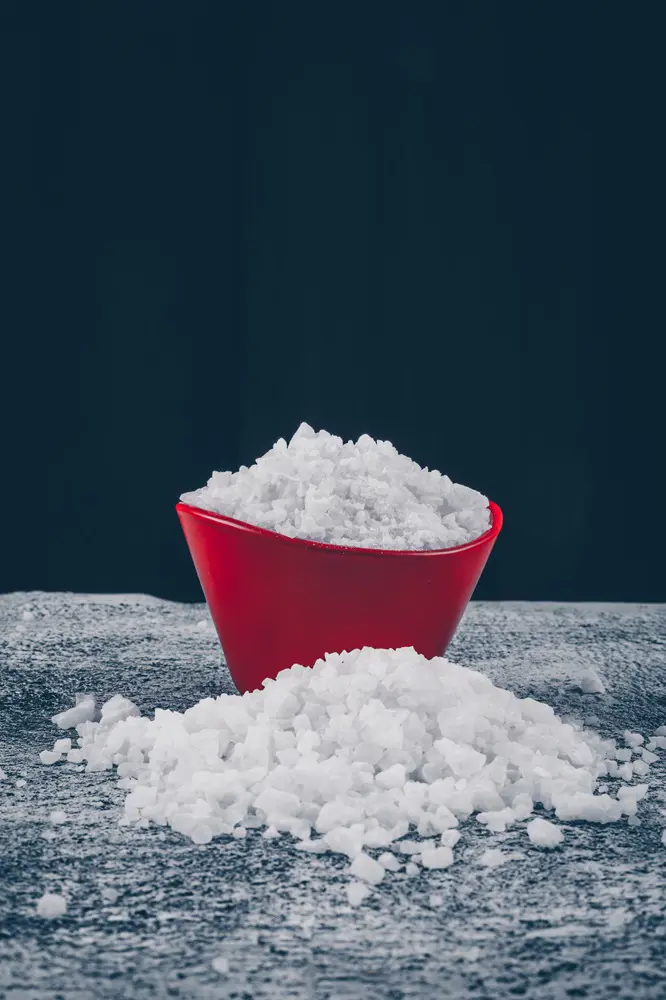
Salt is antiseptic and abrasive in nature making it a great fit for teeth whitening by cleaning the tooth surface. It is one of the basic cleansing agents since past times and can be taken as a very effective item in regaining the lost mineral content of your teeth.
How To Use
You can mix the salt with toothpaste and gently brush every morning or even use it as a mouthwash and rinse your mouth. The combination of salt with other natural teeth-whitening ingredients such as mustard oil, and cloves would prove to be great as well.
Potential Risks
Due to the high level of abrasiveness, salt being too brutal for tooth enamel, may lead to sensitivity issues and deterioration. Salt does not possess any sort of inherent whitening capabilities and cannot remove surface stains permanently. Due to these factors, you should not directly apply salt to your teeth.
7. Chewing High Fiber Foods
Chewing high-fiber foods does not make direct contribution in whitening your teeth, but it helps to improve your oral hygiene. It stimulates saliva production, which in turn neutralizes the acid in the mouth, protecting the enamel on the teeth.
The texture present in those high-fiber foods has significant contribution in removing food particles from your teeth and also prevents plaque formation. One more advantage of chewing high-fiber food is that it enhances gum health.
8. Limit Sugar-based Products
Limiting sugar-based products will help prevent the further spread of yellowing to surrounding teeth. Sugary drinks such as sports drinks, energy drinks, soda and highly processed sugary treats contain acids and high amounts of sugar that cause damage to your teeth and leave stains on your teeth.
Limitation on sugar-based products prevents tooth decay, reduces staining and enhances the effectiveness of whitening treatments.
Some Tips To Keep Your Teeth Whiter
- Drinking through a straw can help these drinks to get to your teeth directly.
- Brush your teeth; rinse your mouth after consuming sugar-based products.
Commercial Remedies
There are many commercial products designed specifically to treat yellow teeth. Some effective ones are listed below:
1. Brushing Frequently

Brushing your teeth twice a day (for about two minutes each) after having meals should be strictly followed if you have yellowish teeth.
Using a toothpaste containing hydrogen peroxide and baking soda can help reduce the yellowing.
Best Tips For Proper Brushing
- Brush twice a day for 2 to 3 minutes.
- Make gentle circular motions when brushing.
- Make sure to brush all surfaces of your teeth.
- Avoid brushing the gums or brush them very gently.
- Take some extra minutes to brush the area with yellow teeth.
2. Whitening Toothpaste/ Serum
Whitening toothpaste contains mild abrasive agents and polishing compounds that help to remove surface stains from teeth. The polishing agents present in whitening toothpaste gently scrub away surface stains caused by tea, coffee, tobacco, and red wine and prevent new stains from forming.
On the other hand, whitening serum is more effective for deeper stains and provides a longer-lasting whitening effect compared to paste. Serums are made with peroxide-based bleaching agents that penetrate the tooth enamel and oxidize stains.
Things To Consider
The whitening toothpaste does not provide instant results. Some people might have to face tooth sensitivity issues when using whitening toothpaste or serum. In this case, you have to switch to less abrasive toothpaste or have consultations with your doctor. The whitening serum is more effective than the toothpaste when it comes to deep stains.
3. Tray-based Teeth Whiteners
Tray-based tooth whiteners involve using custom-fitted or over-the-counter trays that are filled with a whitening gel. It is a popular, affordable, and effective treatment for teeth whitening and will whiten teeth in about two weeks.
Using tray-based tooth whiteners helps to whiten your teeth in your comfort, at home and produces noticeable and effective results with consistent use. Tray-based tooth whiteners can lighten the teeth by one or two shades.
According to the American Dental Association, products that contain 10 percent carbamide peroxide are safe to use.
How To Use
Firstly, your dentist takes impressions of your teeth and uses them to create molds. The mold is used by the dentist to create custom whitening trays that fit over your teeth.
After that, you will be provided a bleaching gel to use with your teeth whitening trays. You have to place a small amount of the whitening gel inside each tray and place them over your teeth at the time you are wearing your trays. This tray is worn for about 2 to 4 hours a day or overnight.
Potential Drawbacks
Some people may face sensitivity issues and gum irritation if the gel comes into contact with your gums. Moreover, you have to use it consistently for several hours for better results demanding time commitment.
4. Whitening Strips And Rinses

Whitening strips are thin, flexible plastic strips that are coated with a peroxide-based gel. These are shaped to fit onto the surface of the teeth delivering the whitening agent directly to the tooth surface.
They are easy to use, convenient and pocket-friendly. It is suggested that these strips should be applied twice a day for 30 minutes.
Whitening Rinses
Whitening rinses are mouthwashes containing oxygen sources such as hydrogen peroxide. These are convenient, help to prevent new stains and also have several other oral health benefits.
For best results, it is recommended to use a rinse twice a day for each time period of 1 minute can. Overall, doing so results in the improvement of tooth color by one or two shades within 3 months.
5. Activated Charcoal
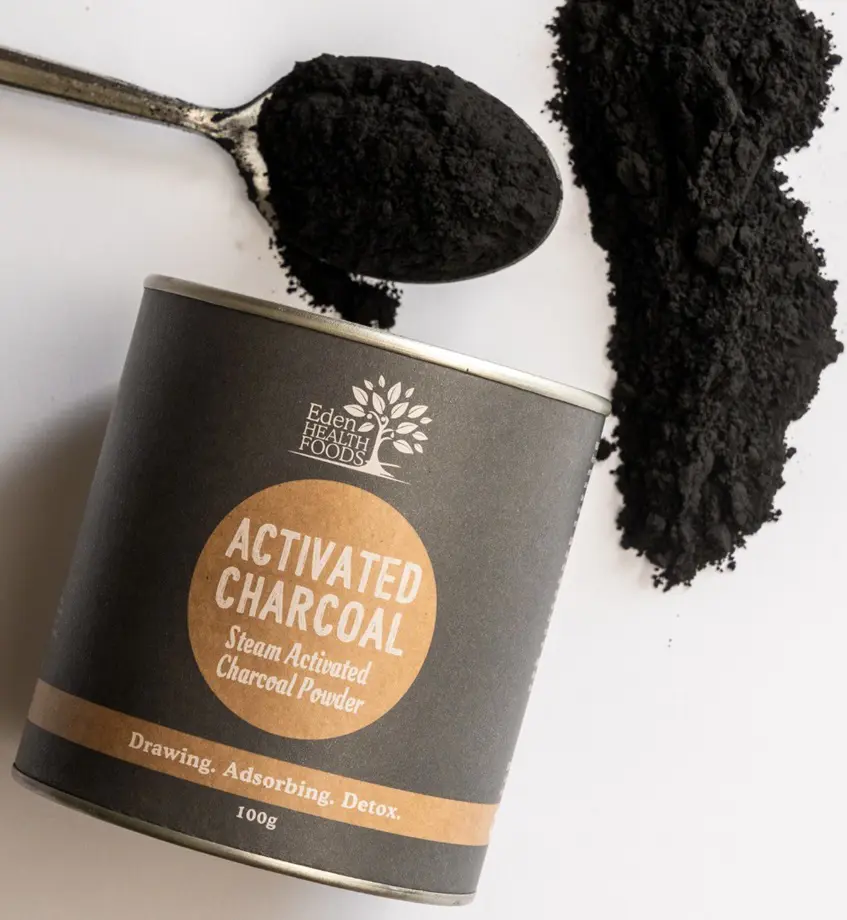
Activated charcoal is recognized as a natural teeth whitener worldwide. It is rich in minerals that adhere to the stains on the surface of the teeth. It is believed that the activated charcoal absorbs stains from the teeth and helps scrub away stains as it is known for its absorbent properties and abrasiveness.
How To Use
Gently apply the charcoal to your teeth in a paste (mixed with water) and let it be for around 3 minutes. After that, rinse your mouth properly and brush your teeth normally.
Potential Risks
Activated charcoal does have several potential risks associated with it. Charcoal can cause irritations to the delicate tissues present in your mouth, and its overuse can wear down the protective enamel on your teeth causing sensitivity and cavity-related issues.
Likewise, it may be hard to remove charcoal from the crevices of the teeth.
Causes
Besides unhealthy hygienic practices, other several factors result in yellow teeth. Some of the important ones are listed below:
- Lifestyle: Bad habits such as smoking and tobacco use, consumption of foods and drinks such as tea, coffee and highly processed foods and poor oral hygiene leads to yellowing teeth.
- Age And Genetics: The teeth start getting yellowish by the time you start aging. Also, some people may have thinner or thicker enamel which may impact teeth color.
- Medications: There are some medicines that lead to discoloration of teeth in people of certain age groups and conditions.
At Last
In order to prevent the teeth from getting yellow, you must focus on a balanced diet. Diets that have all the necessary ingredients for white teeth contain limited sugary products, high-fiber food and all essential vitamins and minerals. Practicing basic oral hygiene practices such as: brushing, rinsing, flossing, and timely and regular dental checkups help to maintain dental health.
If you are not able to get away with yellow teeth, consider seeking professional help. Professional teeth whitening treatments often provide the best and permanent results for your problem.
Recent posts
Lifestyle
Lifestyle
15 Remedies For Period Cramps You Must Know About
If you feel unbearable pain during your menstrual cycle, then you are not alone; as a majority of women throughout the world experience this. Varieties of remedies are easily available to reduce menstrual cramps. This article will provide some ...
Lifestyle
14 Ways To Get Rid of A Double Chin Without Surgery
Having a double chin can degrade a person's confidence level drastically. It is usually caused by stubborn submental fat below the chin region. Excess weight, skin laxity from aging, genetics or facial structure are the main causes behind it. Surgica...
Lifestyle
15 Home Remedies To Soothe A Sore Throat
Having a sore throat can be very irritating as it can create difficulties in communication, swallowing, or even breathing. Instead of dashing into the clinic, many people seek out natural, reliable home remedies to bring quick relief. From saltwater ...
Lifestyle
20 UTI Home Remedies That Actually Work
The analysis of the burden of disease in 2019 showed that more than 404.6 million population had urinary tract infection (UTI) globally. Dealing with UTI comes with a lot of pain. The ultimate solution is to see your healthcare provider but there are...
Lifestyle
16 Foods To Eat During Your Period And What To Avoid
Periods can be tough, but choosing the right foods may help! Fatigue, cramps, bloating, and whatever other difficulties you may have to face during your period, some foods can help ease these symptoms. Keeping this in mind, we have brought a list of ...
Lifestyle
Teas For Health: 15 Best Ones To Drink Everyday
Most of the population around the globe is fond of tea as it is a comforting and very healthy beverage. With its rich antioxidants, vitamins, and minerals, tea offers wide prospects of health benefits. Whether you need a morning boost, a midday energ...




